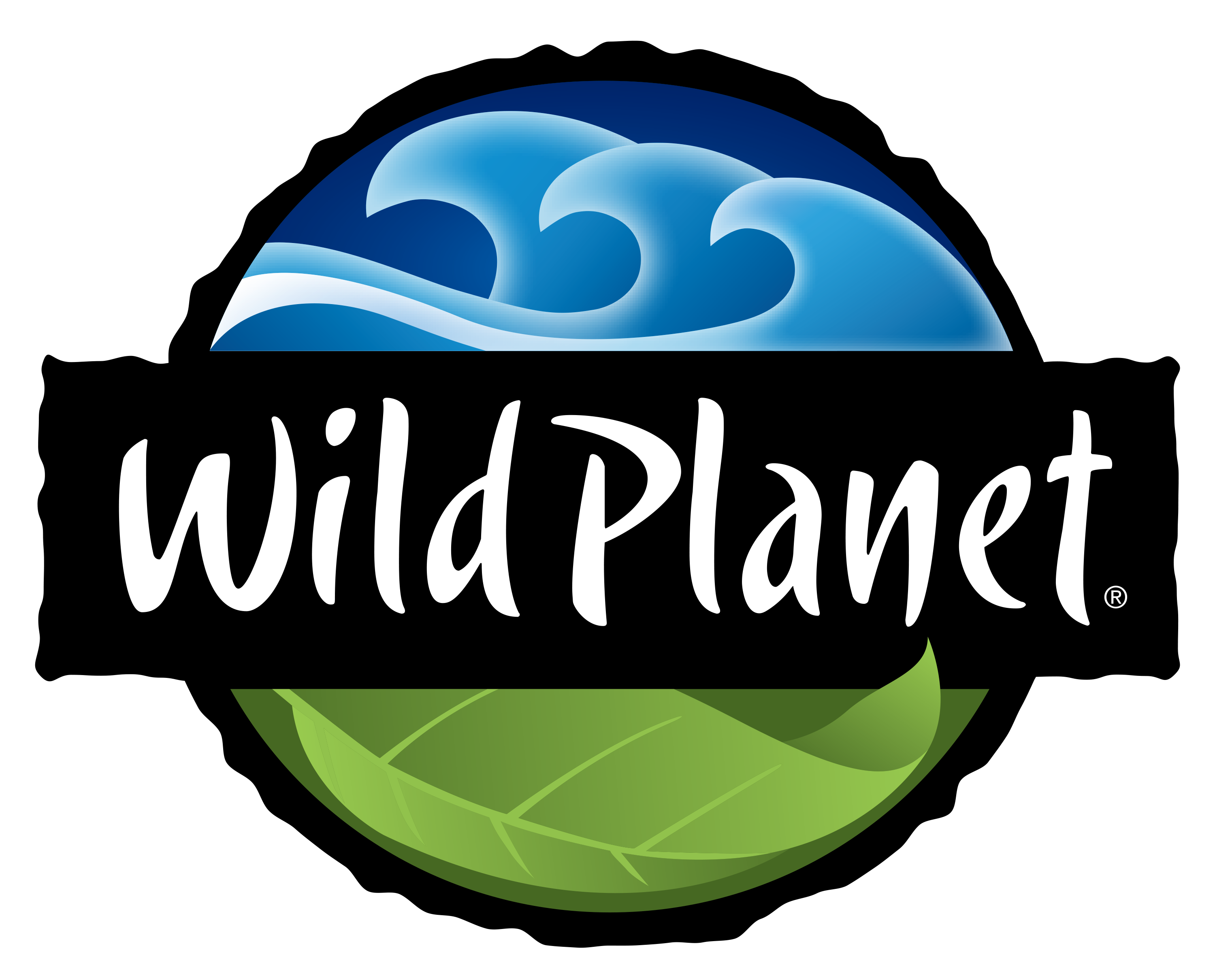We all know that single-use plastics and littering damages the environment. But, throughout our day-to-day lives, it is hard to know which products and activities are destructive to the Earth. Products used daily might seem harmless at a glance, but if you take a deeper look, you’ll realize the products contain elements that are damaging to nature.
Traditional paper tea bags
It’s made of paper – how could it be dangerous to the ocean? Traditional tea bags actually contain elements of plastic. The fear is that these tea bags not only can’t be composted but also release dangerous toxins.
Toothpaste
We’ve all heard about the microbeads that can be found in face wash, but those same microbeads are used in many toothpaste brands. According to CNN, 8 trillion microbeads pollute U.S. aquatic habitats daily. Microbeads attract toxic chemicals as they travel through the water system and eventually end up in the ocean. Fish will eat these beads and as a result, also consume the accumulated toxins.
Sunscreen
While it is important to shield your skin from the sun, it is also necessary to protect the ocean from the products we use. National Geographic reports that 14,000 tons of sunscreen are thought to be washed into the oceans each year. Sunscreen usually contains ingredients like oxybenzone which have been proven to damage coral reefs and lead to bleaching.
Even if you don’t swim in the ocean, sunscreen can make its way into the water. Aerosol sprays will spread the chemicals on to the sand which will wash into the ocean. No matter where you live, washing off in the shower will cause the chemicals to go down the drain and makes its way to the ocean. Instead, opt for clothing that has SPF in it and buy reef-safe sunscreen that is free of chemicals.
Fertilizers and pesticides
At Wild Planet, we are firm believers that what happens on the land affects sea life. Millions of pounds of fertilizers and pesticides are used every year, and the excess nutrients eventually get into waterways which lead to the ocean. The runoff causes harmful algal blooms and dead zones.
Algal blooms are dangerous for numerous reasons. When fish consume the algae, the toxins will make its way up the food chain, and the blooms can clog fish gills and block sunlight. Algal blooms can even lead to dead zones which are triggered by the algae consuming oxygen as they die and decompose. This causes there to be no oxygen in the water and sea life must leave the area to survive.
Laundry detergent
 Just like fertilizers and pesticides, detergents commonly contain phosphates which also create algae. Bleach is similarly very damaging to the ocean’s ecosystem. When chlorine bleach is put into the water system, it will mix with other minerals to create toxins. Instead of using bleach, use oxygen-based bleach or all-natural detergents and bleach alternatives.
Just like fertilizers and pesticides, detergents commonly contain phosphates which also create algae. Bleach is similarly very damaging to the ocean’s ecosystem. When chlorine bleach is put into the water system, it will mix with other minerals to create toxins. Instead of using bleach, use oxygen-based bleach or all-natural detergents and bleach alternatives.
—
How will you change your lifestyle to protect our oceans? What are some other ways and tips you have to live more sustainably? Share with us in the comments below!











